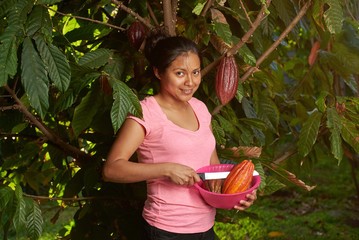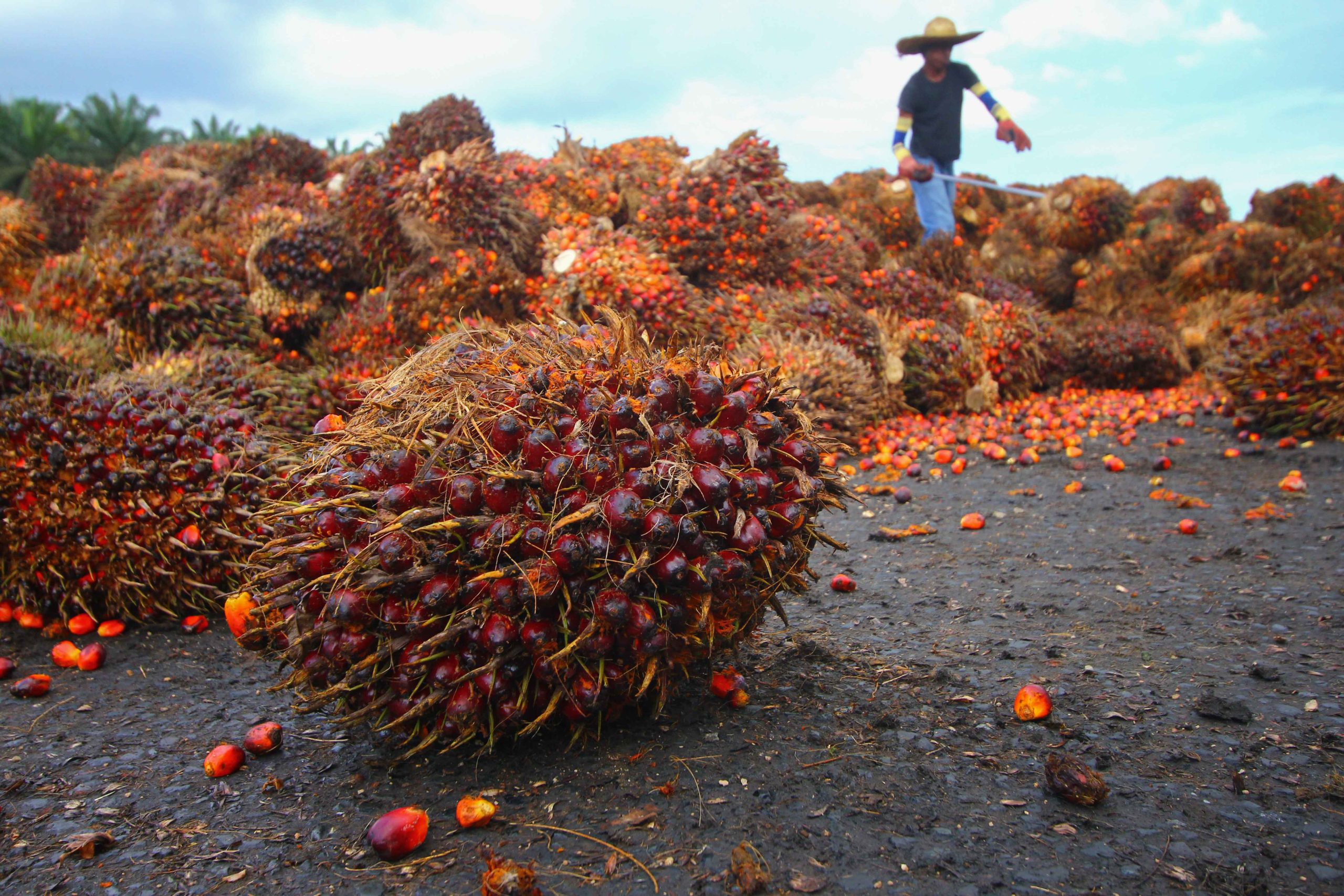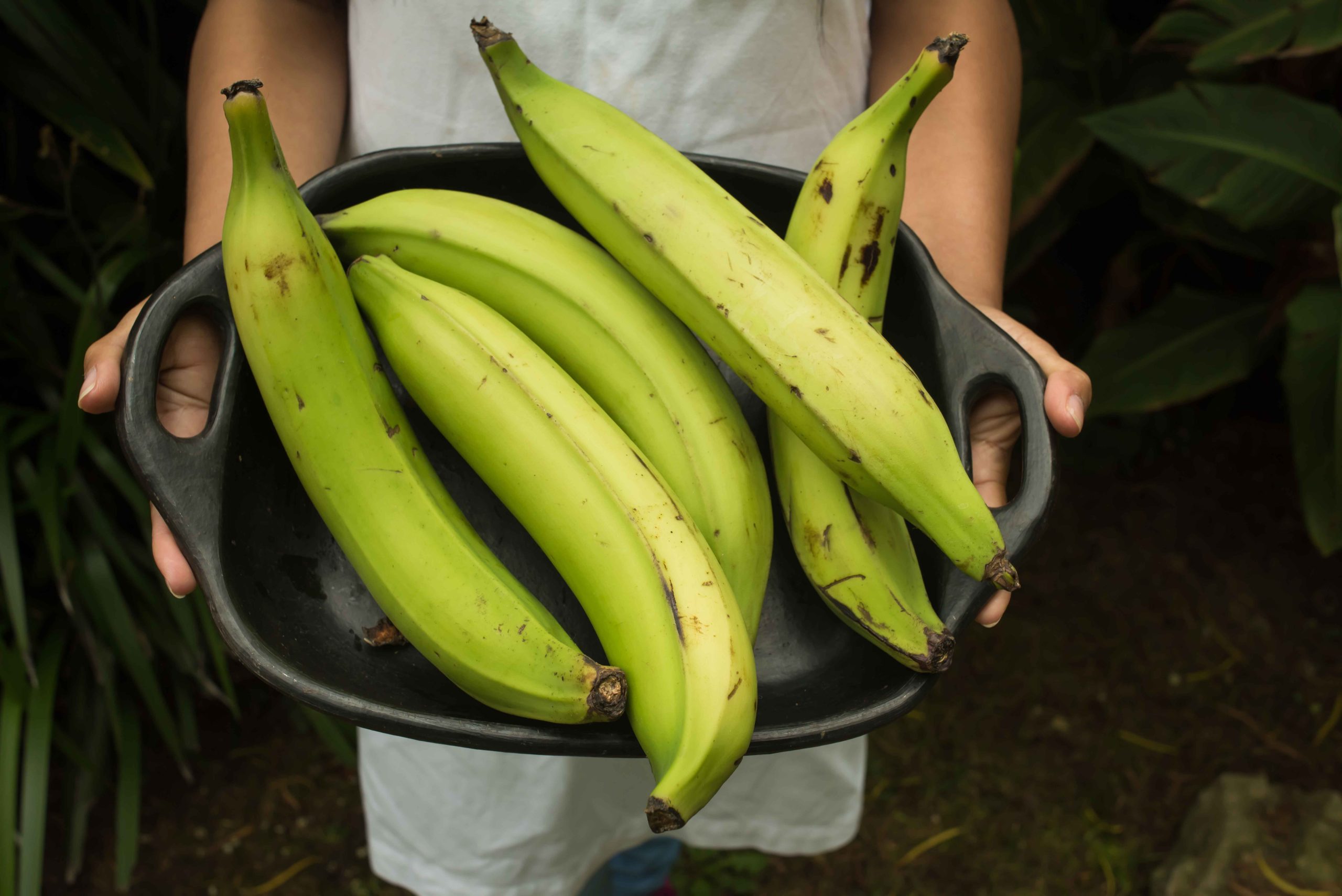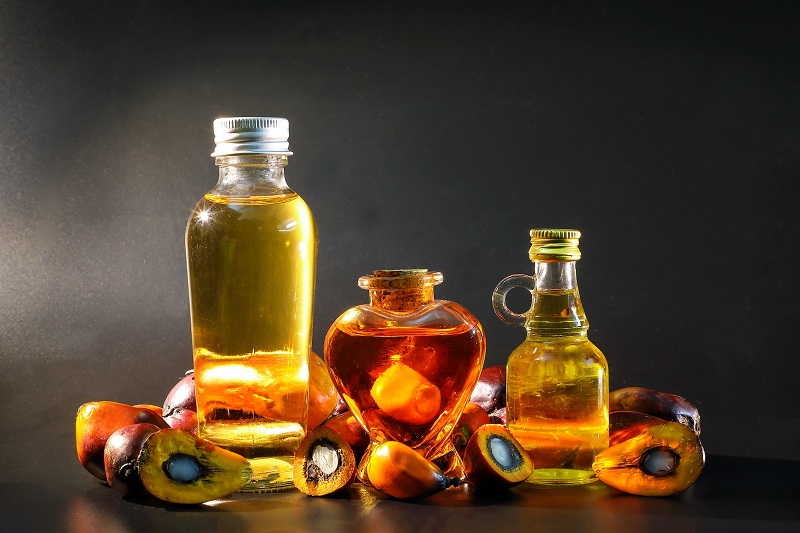TBC Ingredients ApS
From oil palm to ingredients
Mature trees are single-stemmed, and grow to 20 m tall. The leaves are pinnate, and reach between 3-5 m long. A young tree produces about 30 leaves a year. Established trees over 10 years produce about 20 leaves a year. The flowers are produced in dense clusters; each individual flower is small, with three sepals and three petals.
Our
Products
From oil palm to ingredients continued…
The palm fruit takes five to six months to mature from pollination to maturity. The palm fruit is reddish, about the size of a large plum and grows in large bunches. Each fruit is made up of an oily, fleshy outer layer (the pericarp), with a single seed (the palm kernel), also rich in oil. When ripe, each bunch of fruit weigh 40-50 kg. (Young palm trees make fruit bunches of just 5-8 kg.) Harvesting from young oil palm trees can commence after 20-30 months. After 25-28 years the oil palm trees are worn out, and they are taken down, cut to woodchips and used as fertilizer for the soil and new trees can be planted.
The African pollinating weevil Elaeido biouskamerunicus was introduced from Africa into the oil palm growing regions of Asia and the Pacific in the early 1980s. These introductions were very successful, dispensing with the need for assisted pollination, significantly improving fruitset, and hence increasing yields. The introductions therefore made a significant contribution to the economic viability of oil palm throughout the region.
Oil is extracted from both the pulp of the fruit (palm oil) and the kernel (palm kernel oil, used in foods, for cosmetics and soap manufacture). The high oil yield of oil palm trees (as high as 7,250 liters per hectare per year) has made it a common cooking ingredient. Its increasing use in the commercial food industry in all over the world is buoyed by its cheaper pricing, the high oxidative stability of the refined product and high levels of natural antioxidants. Since palm oil contains more saturated fats than oils made from rapeseed, corn, linseed, soybeans, safflower, and sunflowers, it can withstand extreme deep-frying heat and resists oxidation.
For each hectare of oil palm, which is harvested year-round, the annual production averages 10 tonnes of fruit, which yields 3,000 kg of pericarp oil, and 750 kg of seed kernels, which yield 250 kg of high quality palm kernel oil as well as 500 kg of kernel meal. Palm fronds and kernel meal are processed for use as livestock feed.
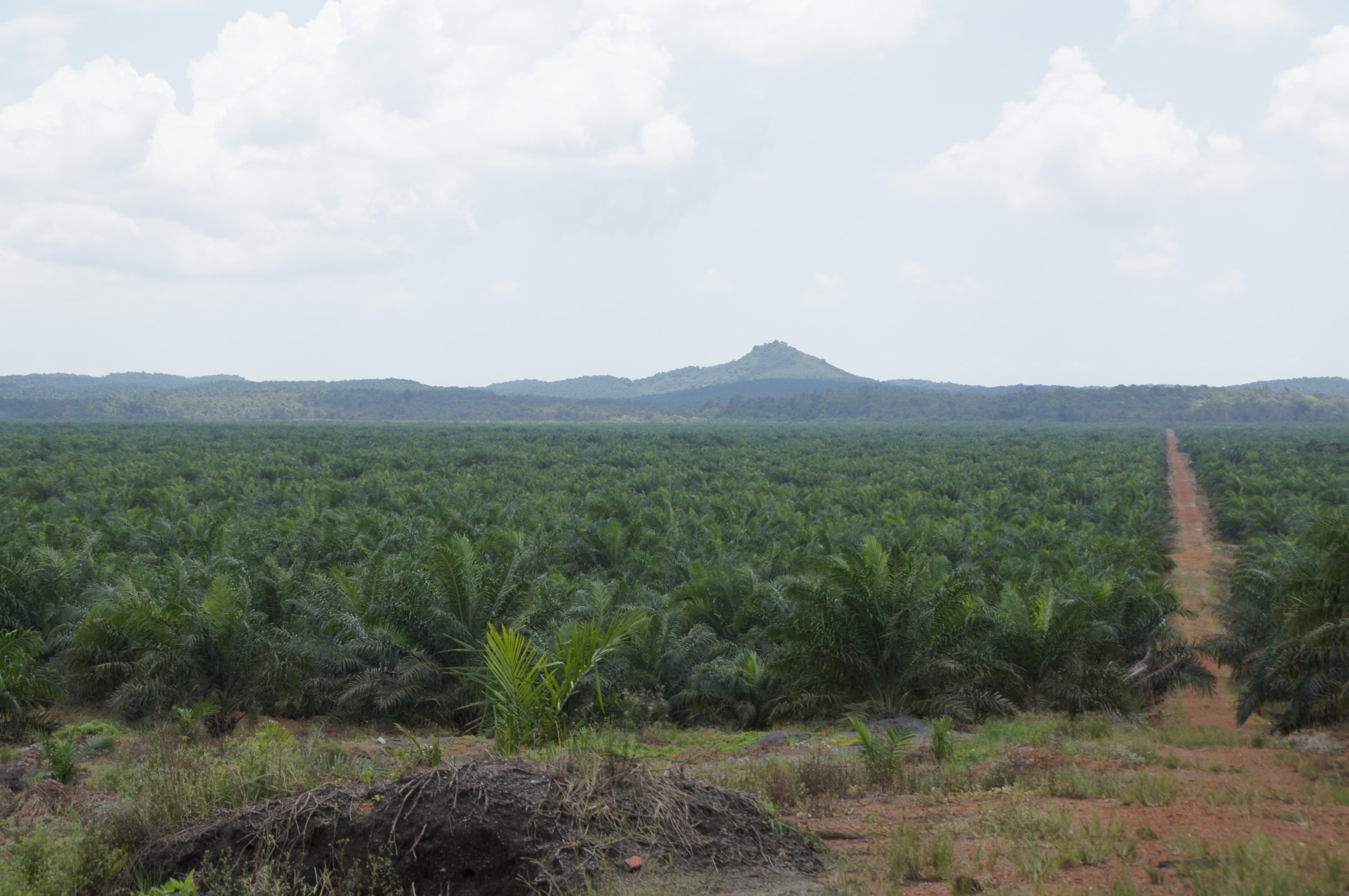



It is essential for an oil palm nursery to have an uninterrupted supply of clean water and topsoil which is both well-structured and sufficiently deep to accommodate three rounds of on-site bag-filling. Approximately 35 ha can grow enough seedlings over a three-year period to plant a 5,000 ha plantation. Pre-nursery seedlings must be watered daily. When ever rainfall is less than 10 mm per day, irrigation is required, and the system must be capable of uniformly applying 6.5 mm water per day. Pre-nursery seedlings in the four-leaf stage of development (10 to 14 weeks after planting) are usually transplanted to the main nursery, after their gradual adjustment to full sunlight and rigid selection process.
Palm
Processing the palm fresh fruit bunches
The process begins with the harvesting of fresh fruit bunches (FFBs) which are milled within 24 hours from harvesting. FFBs are first transferred to the palm oil mills for sterilisation by applying high-pressure steam, where upon the palm fruits are enzyme deactivated and separated from the palm bunches.
After the steaming process, the palm fruits are crushed in a pressing machine to obtain Crude Palm Oil (CPO) and palm kernel. Waste and water is then cleared and separated from the CPO by means of a centrifuge. The cleared crude palm oil emerging from the centrifuge is then sent for refining while the palm kernel nut is sent for crushing. The empty fruit bunches and liquid waste arising from the process are used as fertilizer in the plantations.


Palm
Crushing the palm kernel into crude palm kernel oil
The palm kernel nut is fractured causing the palm kernel to loosen from the shell. The shell is separated from the kernel through a clay bath where it is used as fuel in the boiler room or co-generation plant. The palm kernel is further crushed to produce crude palm kernel oil and the remaining palm kernel meal is used as animal feed.
Palm
The refining process to produce RBD palm oil and RBD palm kernel oil
To produce refined oil, crude palm oil and crude palm kernel oil is processed through three refining stages; degumming, bleaching and deodorizing. In degumming, the gum and fatty acid in crude palm oil and crude palm kernel oil are separated together with other impurities such as trace minerals, copper and iron by the application of phosphoric acid.
In bleaching, the oil is mixed with bleaching earth (bentonite calcium) in a vacuum room to remove impurities and colour pigments in the palm oil. In deodorising, the odour and taste of the oil is removed when the oil is steamed at high temperatures between 240°C to 260°C and then cooled to room temperature.


Palm
Fractionation process into RBD stearin and RBD olein
RBD palm stearin and RBD palm olein are obtained by the fractionation of RBD palm oil; whereas RBD palm kernel stearin and RBD palm kernel olein are obtained by the fractionation of RBD palm kernel oil. Through a process known as crystallisation, RBD oil is cooled until crystals are formed.
The crystallized oil in the crystallizer is then filtered through a membrane to separate the liquid fraction i.e. olein from the solid fraction i.e. stearin. RBD palm olein is usually sold as cooking oil and may go through further fractionation depending on the quality required.
Palm
Specialty fats manufacturing
The palm and palm kernel fractions are further processed to convert them to special value- added products, in various food applications ranging from healthy frying to gourmet chocolates. Various state-of-the-art and in-house developed processes are used for these modifications. Some of these processes are fractionation, hydrogenation, interesterification, formulations and texturisation.

Fractionation is used to produce many soft and hard trans-free fractions and many mid-fractions with unique qualities for special applications.
Hydrogenation is a chemical modification process which hardens soft oils or fractions to produce products with unique melting profiles to meet special applications in the food industry.
Interesterification, which is gaining more prominence in the industry, is a process which modifies oils and fats functions by chemically rearranging the triglyceride molecules. This process can be used to produce healthy fats without the dreaded trans-fats.
Texturisation is a process where the final formulated fats are chilled and crystallised to meet the right stable consistency suitable for some applications such as creaming and baking, and for long distance transportation.
These processes are used either individually or in combination to produce suitable fats for various applications.
Variants
Cocoa butter alternatives
Cocoa Butter Equivalents (CBE)
Cocoa Butter Replacers (CBR)
Cocoa Butter Substitutes (CBS)
Fats
Lauric or non-lauric?
Lauric fats comes from sources like palm kernel and coconut
and the composition is quite different from non-lauric fats
that come from sources like cocoa or palm fruit. When these
two types are mixed together, the melting behaviour of the
blend will be totally different from either of the two fat ingredients,
resulting in a product that is much softer. This will often mean a decreased shelf life of the end-product.

